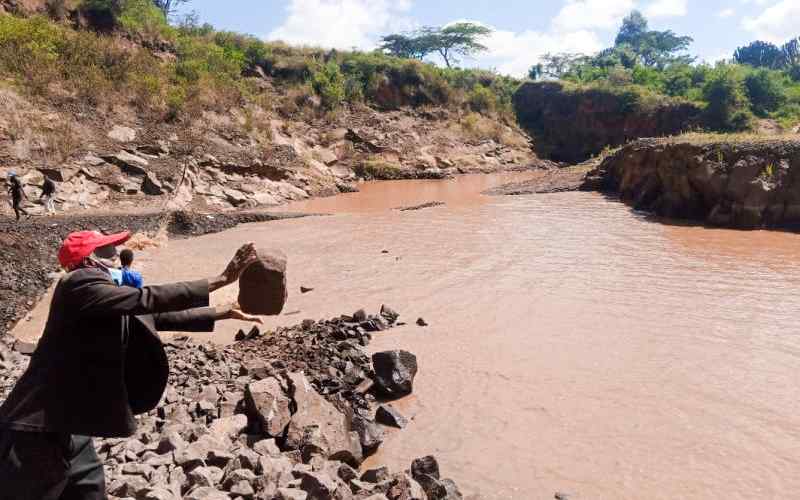×
The Standard e-Paper
Truth Without Fear

Human beings blast their way into the earth’s crust to look for minerals with an aim of making a fortune and living comfortable lives.
But sometimes, the earth is not too friendly to those who seek its precious resources. Instances of mines collapsing and burying treasure hunters inside them are not rare.